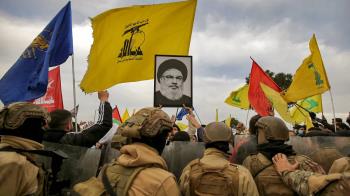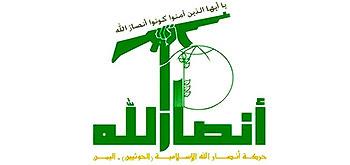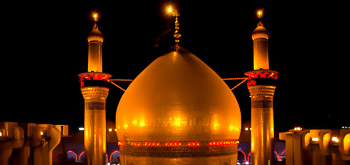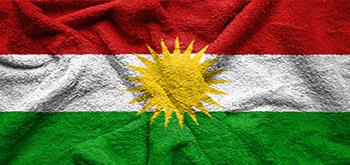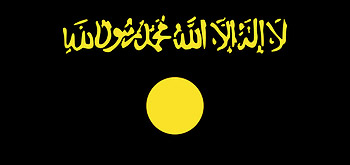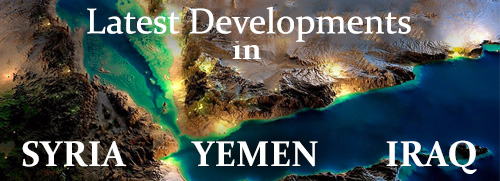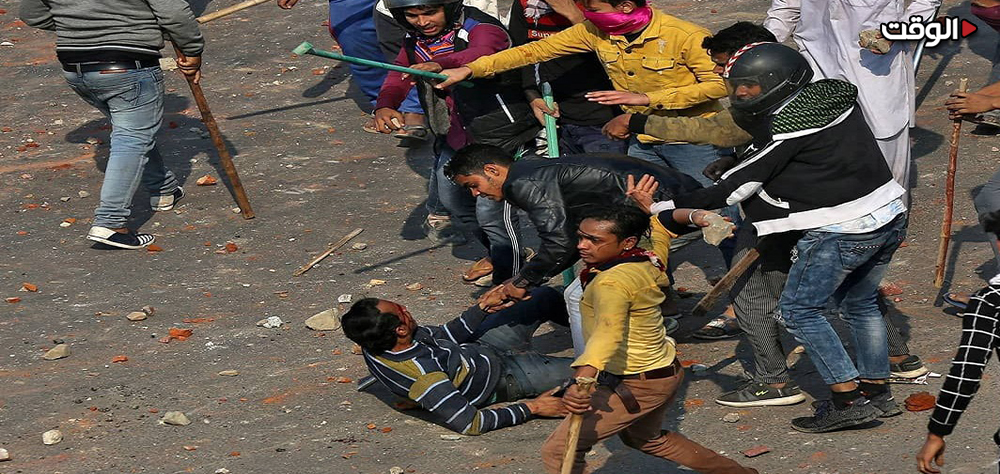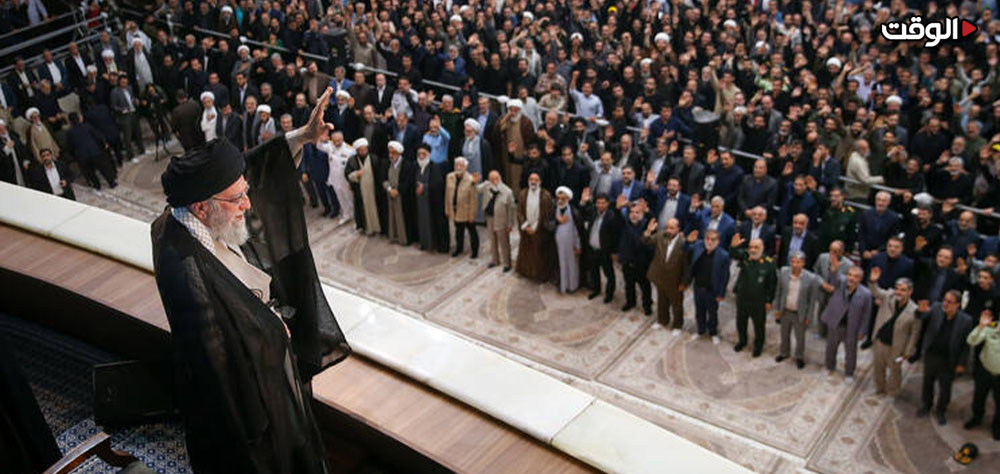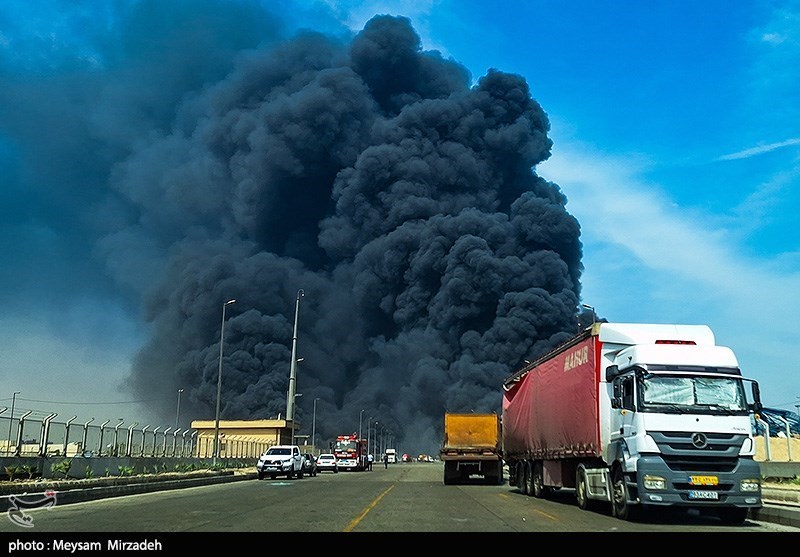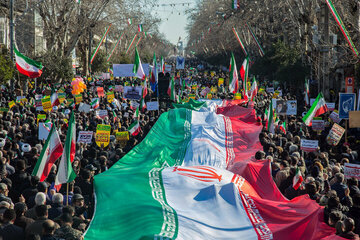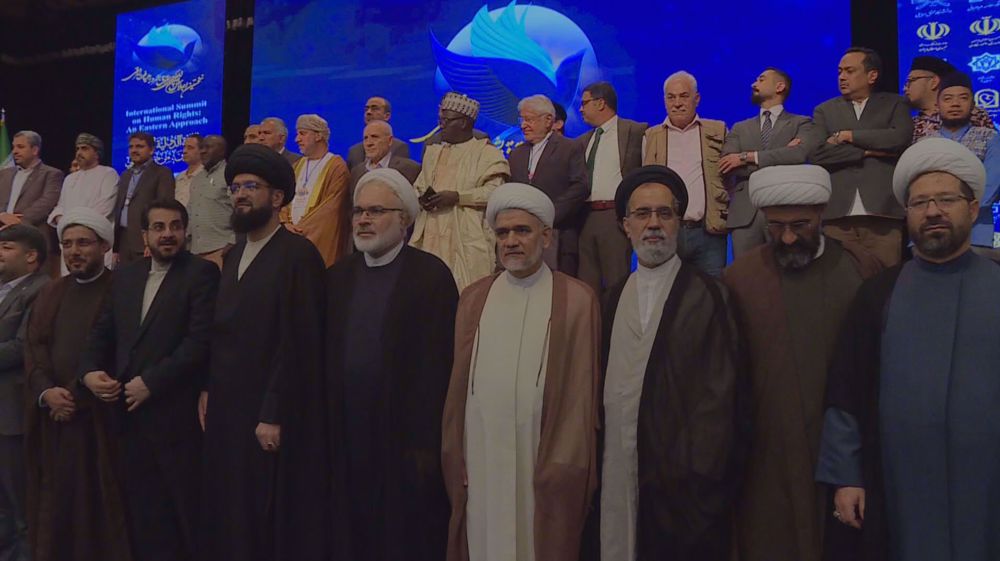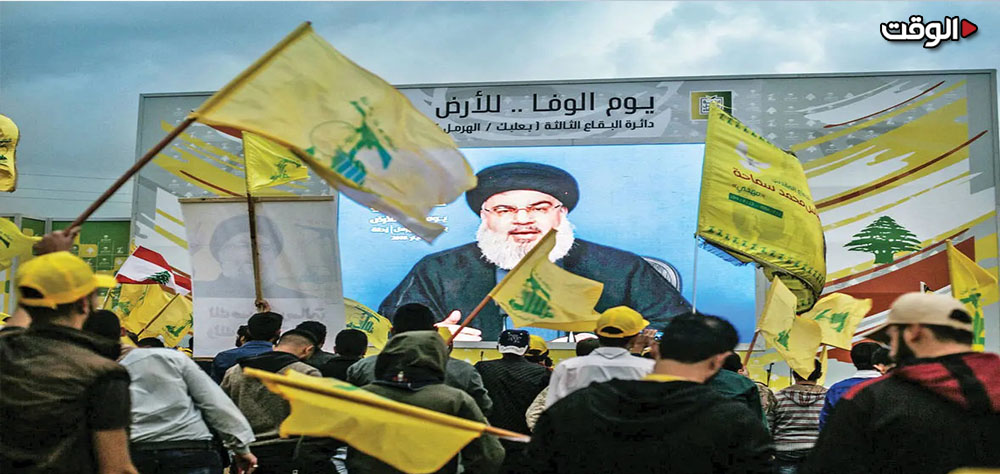Alwaght- The recent terrorist attack in Pahalgam region in Indian-controlled Kashmir that led to death of a number of civilians is now instrumentalized by the Indian government to push forward with the old policies of pressure, crackdown, and isolation against the Muslim community of the country.
Citing national security, the Indian government has initiated new suppressive campaign that impacts not only the suspects but also the ordinary people in Kashmir and other parts of the country.
Indian nationalist media immediately alleged role of Pakistanis and Kashmiri Muslims in the attack, steering the country’s media atmosphere in a direction that cast suspicion on the entire Indian Muslim community. This played a key role in undermining social cohesion and creating a violent environment against Muslims.
Following the attack, a curfew was announced in Kashmir, communications went down, air surveillance was stepped up, and the indian government arrested over 2,000 Kashmiris as it launched a large-scale push to identify and arrest the perpetrators. Reports said that homes of Muslims with alleged links to the assailants were majorly damaged.
In fact, the incident provided an opportunity for Hindu extremist groups to escalate their violence against Muslims. In the days following the attack, incidents of harassment of Muslims were reported in states far from Kashmir, including Uttar Pradesh, Karnataka and Madhya Pradesh
These attacks included the vandalisation of shops, the burning of houses, and physical assaults on worshippers. Some Kashmiri students have also been attacked and forced to leave their residence, indicating that public opinion in India has been affected by the post-incident violence. In some cases, Islamic hijab have even been implicitly linked to extremism, further marginalising Muslims. Many of these actions have taken place while the security forces have not intervened to prevent them, raising concerns about government complicity or indifference to the violence against Muslims.
This violent approach against Muslims is reminiscent of old patterns in which an entire community is suspected and punished for its religion and beliefs.
Also, in recent days, a wave of anti-Islamic and inflammatory songs, composed and released in India, have filled the Indian media atmosphere and fueled hatred against Muslims. Set to pulsating rhythms and catchy rhymes, these songs are part of a genre known as “Hindutva pop” and call for violent revenge for the attack.
Destruction of mosques
In addition to Muslims, the Islamic sites and mosques did not survive attacks by radicals and discriminatory actions of some local authorities. Reports from Uttar Pradesh, Karnataka, and Maya Pradesh show attacks by local Hindus on mosques with coverage of the security forces or with their ignorance of these crimes. These attacks have included the partial destruction of religious structures, the burning of internal furnishings and the harassment of worshippers. In some cases, security forces have closed or cordoned off mosques under the pretext of maintaining order.
The Uttar Pradesh state government has demolished at least 20 mosques and Islamic schools. According to local officials, these actions were taken under Section 67 of the Revenue Act and on the pretext of combating illegal construction. In the Shravasti town of Uttar Pradesh, 17 informal schools were also demolished, and in Siddhartha Nagar, several mosques and schools on government land were demolished.
Muslim clerics and leaders have also been warned not to make political speeches.
Although Indian officials claim that the mosques were destroyed because of their links to terrorist activities, local residents reject these allegations and see it as collective punishment. Some observers see India's actions as a systematic crackdown on the religious and educational institutions of the Muslim minority and an attempt to eliminate religious identity in India.
Indian Muslims, who make up more than 200 million of India's population, now live in an environment where not only they do not feel safe, but also any incident may become a pretext for violence against them.
Muslim leaders and human rights activists have repeatedly warned that Hindu extremist groups are taking advantage of the emotional climate following terrorist attacks to portray Muslims as domestic enemies, a narrative that is also reinforced by extremist media and some local authorities.
Systematic violence cycle against Muslims
While the Indian government justifies its actions as a means of combating terrorism, the widespread targeting of the large Muslim community by promoting ethnic and religious hatred is effectively playing into the hands of takfiri groups and possibly other foreign actors involved in such terrorist acts, who seek to inflame sectarianism and instability in the region.
Muslims and Hindus have lived together peacefully for centuries, and the entire Muslim community in India is opposed to and at odds with takfiri views, but the pressure policies of the right-wing and extremist Hindus can actually lead to the promotion of takfiri ideologies. Therefore, civil society activists have warned that such actions not only pave the wavy for social tensions, but also severely weaken the trust of minorities in the ruling structure.
The continued violence against mosques and religious sites following this incident is a serious alarm for religious coexistence in India and requires immediate intervention by regulatory, judicial and international institutions. In other words, religious polarization may benefit the ruling party in the short term, but in the long term, it will lead to social discontent, ethnic riots and weakening national cohesion. India's religious diversity, if turned into a tool of confrontation, will not be an asset, but a threat to national security.
Many observers see the clampdown on the country's Muslim community after the Kashmir attack going beyond a security response to become part of politico-ideological project put forward by the ruling party. Relying on nationalist slogans, this party over the past years has had a record of multiple measures like scrapping Kashmir autonomy, passing discriminatory citizenship law, and turning a blind eye to actions by Hindu thugs against Muslims.
Generally speaking, Kashmir attack has become a driving force for crackdown and violence against the Muslims instead of being an opportunity for national unity and fight against terrorism under law.
Government actions and discriminatory narrative-framing not only solve no security problem, but also can deepen the sectarian and religious gaps and stir social and political crises. If the current path continues, India should prepare for a future outlook of internal instability, international isolation, and collapse of decades-long peaceful religious coexistence.

